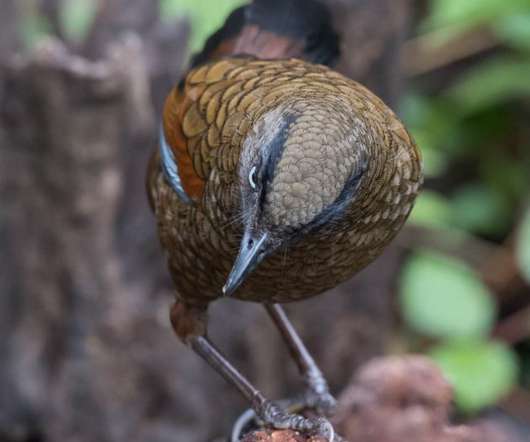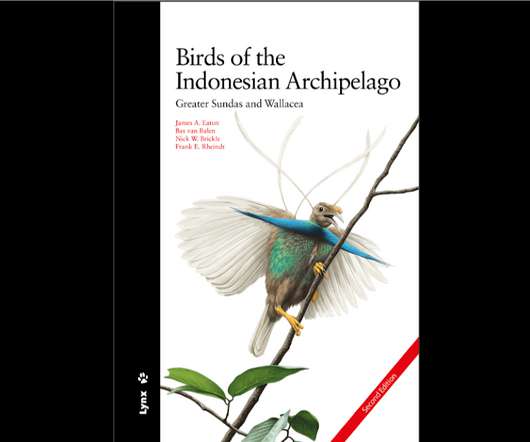Laughing at you, not with you
10,000 Birds
MARCH 31, 2022
Not bad given that the 5 families in the inner circle of the laughingthrush family have a combined number of about 68 species. As the name indicates, the Malayan Laughingthrush (Fraser’s Hill, Malaysia) does not live in China but (hint given in the Latin species name peninsulae) on peninsular Malaysia.












Let's personalize your content